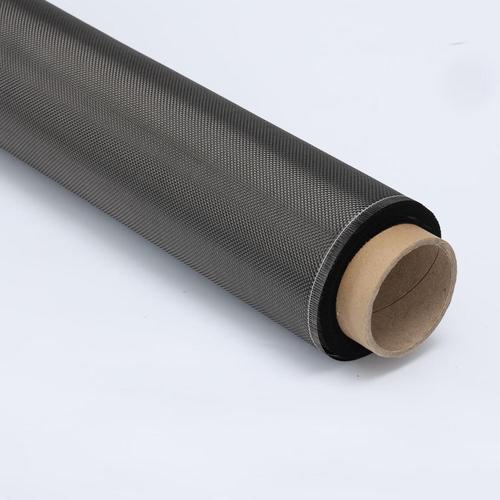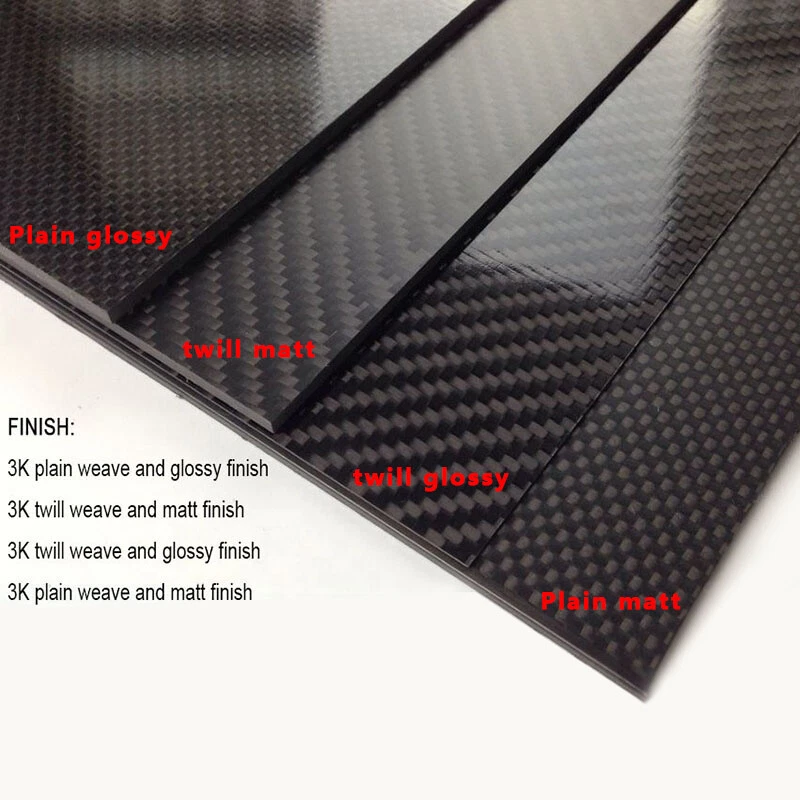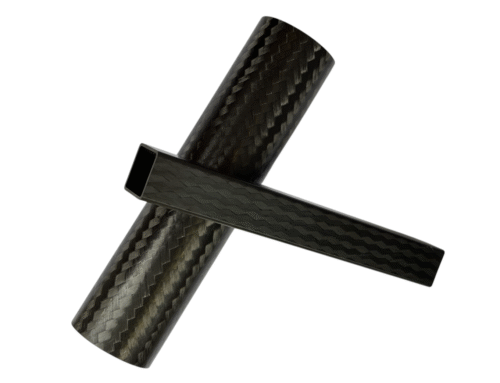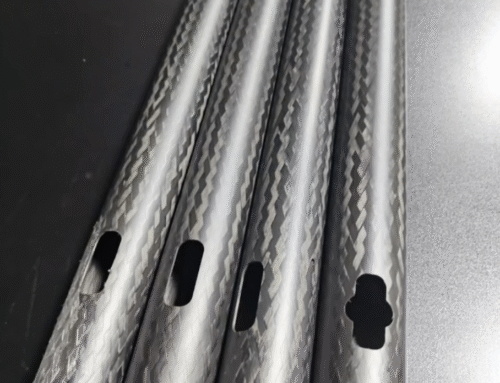Choosing the wrong carbon fiber can increase costs by 40% and cause project failure. This carbon fiber selection guide reveals how aerospace, automotive & robotics engineers select optimal materials .

1. Understanding Carbon Fiber Fundamentals
Key Properties:
- High Strength-to-Weight Ratio (5x stronger than steel at 1/4 the weight)
- High Stiffness-to-Weight Ratio
- Low Thermal Expansion
- Excellent Fatigue Resistance
- Corrosion Resistance
- Electrical Conductivity
- Anisotropic: Properties vary with fiber direction.
2. Critical Selection Parameters
• Unidirectional (UD): Fibers all in 0°. Max strength/stiffness in primary direction. Laminates.
• Plain Weave: Simple over/under. Good stability, balanced properties. Easiest handling.
• Twill Weave (2×2, 4×4): Smoother drape, better conformability than plain. Complex contours.
• Satin Weave (e.g., 5HS, 8HS): Excellent drape, reduced crimp. Complex molds, high-quality surfaces.
• Non-Crimp Fabric (NCF): Stitched layers of UD or woven plies. Higher mechanical performance.
- Small Tow (1K-12K):
- Better drape, surface finish. Complex shapes, sports goods.
- Large Tow (24K-50K+):
- Lower cost per kg, higher deposition rates. Automotive, industrial.
• Unidirectional (UD): Fibers all in 0°. Max strength/stiffness in primary direction. Laminates.
• Plain Weave: Simple over/under. Good stability, balanced properties. Easiest handling.
• Twill Weave (2×2, 4×4): Smoother drape, better conformability than plain. Complex contours.
• Satin Weave (e.g., 5HS, 8HS): Excellent drape, reduced crimp. Complex molds, high-quality surfaces.
• Non-Crimp Fabric (NCF): Stitched layers of UD or woven plies. Higher mechanical performance.
some common weaves

Weight per unit area (g/m² or oz/yd²). Affects laminate thickness, resin content, process time.
Ensure compatibility with chosen resin system (Epoxy, Polyester, Vinyl Ester, Bismaleimide, Thermoplastic).
Critical for fiber-matrix adhesion (bond strength). Specify based on resin type.
• Dry Fabric: Requires resin infusion.
• Prepreg: Pre-impregnated with resin (frozen storage). Consistent quality, easier layup.
• Chopped Strand/Mat: For molding compounds, short fiber reinforcement.
• Pultruded Profiles: Constant cross-sections (rods, tubes).
3. Application-Based Recommendations
- Aerospace (Primary Structures): IM or HM fibers, Thin-ply UD or woven prepregs, High resin content control.
- Automotive (Performance): SM or IM fibers, Large tow fabrics or NCF, Fast-cure prepregs/resin systems.
- Sporting Goods (Bikes, Rackets): SM or IM fibers, 3K twill weaves for aesthetics, UD for performance zones, Prepreg or wet layup.
- Consumer Electronics: HM fibers for stiffness, Thin weaves or UD for sleek profiles, EMI shielding grades.
- Industrial/Robotics: SM or IM fibers, Cost-effective large tow fabrics, Epoxy or vinyl ester resins.
- Marine: SM fibers, Woven fabrics (twill/satin), Vinylester or epoxy for corrosion resistance.
4. Supplier & Quality Considerations
- Supplier Reputation: Certifications (AS9100, ISO 9001), Aerospace heritage.
- Consistency: Batch-to-batch variability in properties, sizing, weight.
- Data Availability: Access to certified mechanical property data (tensile, compressive, shear).
- Lead Times & Availability: Critical for project planning.
5. Processing Considerations
- Manual Layup (Wet): Choose fabrics with good drape (twill, satin), manageable areal weight.
- Resin Infusion (VARTM, RTM): Select permeable fabrics/NCFs, compatible flow media.
- Prepreg Layup: Requires autoclave/oven cure. Consider tack, out-life, cure cycle.
- Compression Molding: Chopped fiber, SMC, or preformed fabrics.
- Automated Processes (ATL/AFP): UD tapes or slit fabrics. Precision width control.
6. Cost Optimization
-
Evaluate: Large tow vs. small tow, Dry fabric vs. prepreg, Standard modulus vs. high modulus.
-
Minimize Waste: Efficient nesting, optimal cutting methods.
-
Process Efficiency: Faster cure resins, reduced labor techniques (automation, infusion).
7. Key Decision Flowchart
- Define Application Requirements: Loads (tension, compression, shear), stiffness, weight targets, environment, safety factors.
- Identify Critical Properties: Is strength, stiffness, impact resistance, or fatigue life paramount?
- Consider Manufacturing Method: Wet layup, prepreg, infusion, molding?
- Select Fiber Type & Tow Size: SM, IM, HM? 3K, 12K, 50K?
- Choose Weave & Areal Weight: UD, plain, twill, satin? What g/m²?
- Specify Resin Compatibility & Form: Prepreg or dry fabric? Compatible resin system.
- Evaluate Suppliers & Cost: Balance performance, quality, and budget.
- Prototype & Test: Validate selection before full-scale production.
8. Important Notes
- Consult Experts: Engage material scientists or composite engineers early.
- Test: Material data sheets are guides; perform application-specific testing.
- Consider the Entire System: Fiber is only one component. Resin, core (if sandwich), and manufacturing process are equally critical.
- Sustainability: Explore recycled carbon fiber options where performance allows.
Still confused ? Contact Us Here






